Update: The Ghetto Tarot is fully funded! As such, Alice asked us if we would replace the IndieGoGo video she created with a video by the Haitian artists themselves, in which they talk about the ghetto and what this project means to them.
It’s fantastic! We hope you enjoy it as much as we did.
The creativity of some photographers astounds me. Just when you think you’ve seen every creative, strange, and unique photo idea, another comes along that would never have crossed your mind.
That was the case with Ghetto Tarot, a creative photos series created by award-winning documentary photographer Alice Smeets and a group of Haitian artists known as Atiz Rezistans.
These fascinating images transform the mysterious (and, depending on what you believe, prophetic) cards into real life scenes captured in the ghetto of Haiti, using found items that the Haitian artists themselves provided and created for the project.
But this isn’t just an odd photo project that ends with a set of images that will quickly pass into the ones and zeroes of Internet-past, doomed to be re-discovered years later… or not. Alice is currently turning Ghetto Tarot into a true-blue deck of cards!
Already half-funded on IndieGoGo with 29 days left, you can get your own 78-card deck of Ghetto Tarot cards for just 25 euros if you act fast, or 32 if you don’t. There are also posters, charitable donations, a photography lesson, a photo book, and more up for grabs if you’re not into getting a deck.
Here’s a video the Haitian artists themselves created, talking about the Ghetto and what the Ghetto Tarot project means to them. It was put together by Romel Jean Pierre (of Atis Rezistans) and Jon Kaufman:
We got a chance to speak to Alice and ask her all about the project and how it came to be. The interview is a little long, because a certain Editor got carried away asking questions (what a jerk…) but Alice’s thoughtful answers made it all worth it!
If you’re already sold on the spirit behind Ghetto Tarot, great! Click here to head over to Indiegogo and support the project. Otherwise scroll down to find out all about this project, its inspiration, the artists behind it, and much much more.

Alice Smeets, the photographer behind Ghetto Tarot.
500PX: Could you tell us a bit about yourself and how you came to be a photographer? What’s your journey into this crazy profession?
ALICE SMEETS: Since my teenager years, I have been interested into photography and used to take pictures of landscapes and portraits of my friends. When the question arose what to do with my life after high school, I listened to my gut feeling that told me to study photography.
I decided to attend a photography BA in an art college in Belgium, that was supposed to last for three years. After one year though, I felt that a school wasn’t the right place to learn how to become a photographer. So I started attending workshops of professional photographers, did an internship at a photo agency, and travelled on my own to Haiti to document the culture with my camera instead.
My path was learning by doing until I met famous war photographer Philip Jones Griffiths during one of these workshops. He offered me a position as his assistant and I accepted. My stay at his place in London lasted two months, which also happened to be the last two months of his life due to a terminal cancer.
Philip taught me an immense amount about photography, journalism and our current state of the world as he felt that he wanted to pass on his knowledge to a young photographer before his death. After his death I continued my journey on my own by creating my own picture stories and finding magazines that would publish them. I participated in photography contests and was lucky to win the Unicef picture of the year award 2008 with a photograph of a little girl walking through a puddle in the middle of the slum in Haiti. The award made my life easier, as it gave my photographs more credibility and it was easier to approach picture editors of magazines.
So it all began. From then on it was a lot of networking, self marketing and many travels around the world with my camera, including at least one visit to Haiti every year.
There is a lot going on in the Ghetto Tarot photos. You write that it’s a mix of “the spiritual world, the Haitian culture and people as well as the philosophical reflections about the dualities in our world.” If you had to describe the spirit of this project in a few sentences, what would you say?
ALICE: The spirit of the Ghetto Tarot project is the inspiration to turn negative into positive while playing. The group of artists “Atiz Rezistans” use trash to create art with their own visions that are a reflection of the beauty they see hidden within the waste. They are claiming the word “Ghetto,” thus freeing themselves of its depreciating undertone and turning it into something beautiful.
Their act of appropriating a word loaded with unfavorable sentiments by altering its meaning in a playful way is in itself an act of inspiration. This undertaking of the Haitians made me realize that it lies only within us to assign value or judgment towards a tangible or intangible thing, which creates a positive or negative emotion.
If we realize that its a choice whether we look at destruction and see despair or to regard it as the start of something new, we can change the meaning of every word, action and sentiment. The consciousness of this choice is something I learned from the Haitian artists and we are sharing it together with the world through the Ghetto Tarot.
What was the most difficult part of this project? The most daunting obstacle/challenge you encountered while creating these images?
ALICE: The most difficult part of this project was the heat as well as the dust of Haiti and the fatigue that working under such circumstances brought with it. Moreover, we encountered difficulties when we went to places where people didn’t know us.
Some Haitians believe that people want to harm them with dark spiritual practices. Obviously we had nothing like that in mind, but we had to be careful of what we told them to avoid misconceptions. So, for example, when we photographed the “three of Pentacles” in front of a catholic church in Cité Soleil, the poorest slum of the country, we told the public that we were imitating the scene of Mary, Joseph, and Jesus instead of explaining the tarot photo project.
But all difficulties diminished in the flow of inspiration and enthusiasm that we all shared while replicating the scenes.
Are there any fun, funny, or quirky stories that came from creating the images? Clearly you have a deep connection to Haiti and its people, I can only assume much of the shooting was a blast!
ALICE: Definitely! It was so much fun to create the images! There have been plenty of little, funny moments. One example: when we were shooting the scene of the Death card, I asked the artists if they had real skulls to place them in the picture. Five minutes later, Claudel, one of the artists and my dearest assistant, came along holding a plastic bag filled with skulls in his hands as if it was the most normal thing in the world to carry dead peoples heads around.
It constantly surprised me how the artists almost always found immediately what I asked for. For the picture of the High Priestess, we needed horns to place them next to her feet. I hadn’t let them known beforehand that we would be in need of them. As soon as Claudel found out, he ran and came back a moment later with two horns in his hands. They never told me where they found all of the materials, they just happened to lay around somewhere in the Ghetto.
Before the staging of the five of pentacles card, I wasn’t sure how I wanted to present the scene as there is snow on the original card. On the first day of shooting, we passed by a very poor neighborhood and I saw a man far away cleaning his sleeping bag by shaking it. The bag was very old and falling apart and the shaking created lots of white flakes flying around in the air that looked exactly like snow. So I ran towards him filled with excitement to ask him if I could borrow his sleeping bag for a picture. He looked at me with an incomprehensible facial expression and offered me to trade his sleeping bag for a new one. Luckily, the same morning I had tidied up my stuff and sorted out a sleeping bag in a very good condition that I didn’t need anymore. Later that same day we exchanged the older for the newer version. That guy will probably never understand my enthusiasm for his old sleeping bag and I, on the other hand, will never forget his funny facial expression.
You’ve won awards for your documentary photography, but this straddles the line between documentary and fine art. What inspired you to make this shift.
ALICE: As a photographer, my main motivation has always been to bring change using my camera as a tool. As a witness of injustice in this world, I have always wanted to share my emotions and experiences through my pictures and was hoping for people to act as a result to stop the unfairness.
I photographed people in seemingly hopeless situations, people stuck in a circle of poverty, destruction and pain. And I accomplished my wish to touch the viewers feelings and observed that the emotions that my documentary photos brought up were emotions of pity, sadness, and depression. Finally, I realized that the negative feelings that my images projected onto the audience as well as onto the subjects created a sensation of disempowerment instead of an inspiration towards the act of change. With this realization came an understanding unveiling the continuous exposure of my own state of mind in every picture frame and the awareness that the change I desired for this world could only thrive within myself.
As a consequence, I put the camera down for a while and turned my attention towards my inner self. It seemed like a long and difficult path in which I tried out many different methods, including reading tarot cards until I finally saw the light at the end of the tunnel: The revelation that I don’t need to be the observer of my and the worlds’ problems and destiny, I am a creator.
Thus, I felt inspired to combine my passions to create a very personal piece of art. And I hope that a spark of this inspiration will arise in others… to once again share my experiences and emotions with them.
If someone walked away with only one takeaway from this project, what do you hope that is?
ALICE: I noticed that the photos and the stories that they represent are calling to the emotions of many viewers. They either create excitement about the beauty that is captured in the middle of the Ghetto or about the fact that the ancient tarot cards come alive while they can also act as a trigger to the emotion of anger that some of us carry within us.
My hope is that my tarot photographies will lead their observer closer to a complete awareness of these sentiments where he/she starts to feel them consciously to be able to release them if necessary.
How important is it for you to turn these images into a real, printable deck of tarot cards?
ALICE: How important is it for a chef not only to cook his food but also to see people eating and enjoying it? For me, it’s the same situation. I loved the process of creating the photographs, but even more I would love people to look at the pictures every day and learn from them.
By mixing the ancient tarot scenes with real modern live in one of the most critical places on earth, I aim to bring tarot closer to the people who don’t know it as well as I want to bring the “real world” closer to those who practice tarot. That works best if the pictures do not only appear on the computer screen but by actually touching and playing with them or choosing the most resonating picture and hang it on your wall to remind yourself of the spirit of the card and its meaning to your personal life.
On the technical side, could you walk us through how one of these images came together from start to finish?
ALICE: Most of the pictures were quite easy to create, because I know the environment so well from having spent so much time in Haiti. So for most of the photographs, I immediately had an idea in mind where to recreate the scene looking at the original tarot card. And in those moments in which I wasn’t quite sure, Atis Rezistans gave me a lot of inspiration and ideas.
To give you a concrete example: I didn’t know where I wanted to photograph the four of swords photograph; if inside or outside and what setting. Then Claudel pointed towards an old, wooden shipping box in the corner of Atis Rezistans outside art studio, that seemed to fit perfectly. We moved it in front of a white wall that had a wooden plank on top and nailed all the four machetes onto the wood. Then I asked Claudel if Atis Rezistans had a piece of art that depicts a woman and child together as in the original card. He and I then chose the masterpiece you can now admire in the photo.
Afterwards I used Photoshop to enhance the contrast and the colors of the photograph. That’s all I can say about the technical side.
Can you list out the Haitian artists you worked with, and just a couple of sentences about each? We want to make sure everybody is properly credited!
ALICE:
Casseus Claudel — He was my personal assistant during this project and managed the crew of artists. He modeled for many photos, including the Judge.
Andre Eugene — He is the founder of Atis Rezistans and his art is very famous. On the Death photography, you can see one of his sculptures in the background.
Herad Blondine — She assisted me on many days. Amongst other characters, she plays the Queen of Wands.
Racine Polycarpe — An old friend of mine that played the Magicien.
Amboise Nathalie — I have met her for the first time when I was documenting the earthquake aftermath in 2010. She was the first person to bring me to the outside art studio of Atis Rezistans. She is on the photography of the Star.
Mario Alito Denis — He was a wonderful person to work with. He created lots of the material we used for the pictures, like the cat on the Queen of Wands photography, which is made out of an old car tire. He is the person staging the Death photography.
Wesner Bazil — Wesner is an amazing actor, who immediately understood the spirit of the cards and made it very easy to work with him.
Claudy Chamblin — Claudy is usually not part of the group of Atis Rezistans, but helped and took care of me while I was photographing in his hometown Cité Soleil, which can sometimes become a little dangerous.
Jean Robert Palanquet — Another wonderful character, who staged in all the Knight pictures.
And here are the names of more artists that appear in the pictures:
Innocent Londel, Rossi Jacques Casimir, Guely Laurent, Ralph Georges, Anchella Jasmin, Desrosiers Theresa Sley, Mehule Marley Manoly, Steevens Simeon, Leonce Syndia, Wilson Bonhomme, Laura Morel, Louis Kervens, Jean Daniel, and Eliphete Dieu.
I always love asking this question: was there one piece of advice that changed your life, photographically speaking? An “aha” moment that made you realize you wanted to be a photographer?
ALICE: The first thought that enters my mind reading this question is a memory from a workshop that I have participated in with photographer Philip Jones Griffiths, who I have mentioned earlier.
Back then I felt like a photography student, a beginner or an amateur, I didn’t believe that I was very advanced in the art yet. All participants and teachers went to dinner together. During that dinner Philip, who sat next to me, leaned over and whispered into my ear: “you are a photographer.” To hear that from such a famous master of photography was such a boost to my self-confidence that I was able to overcome any obstacle in my way and live my passion of photography every day.
Finally, what’s next for you, both in terms of bringing this project to fruition and other, future projects you’re already planning for?
ALICE: I do not only want to bring the Ghetto Tarot into as many hands as possible, I also plan a traveling photo exhibition and to give talks about the topic everywhere I go.
Also, this year I will design and print a photography book together with an Austrian publisher that will be called “Extraordinary” and includes my favorite documentary pictures that I have taken in Haiti in the last 7 years.
I have many ideas for other future projects, but none is very concrete yet. But it definitely will highlight the strength, creativity and positive site of our world because I believe that inspiration is the greatest power we as human beings possess.
To see more from Alice or browse through more of her favorite Ghetto Tarot photos, check out her 500px profile or give her a follow on Facebook and Twitter. And if you’d like to support the project, head over to Indiegogo and pledge your donation to secure your very own deck of Ghetto Tarot cards.

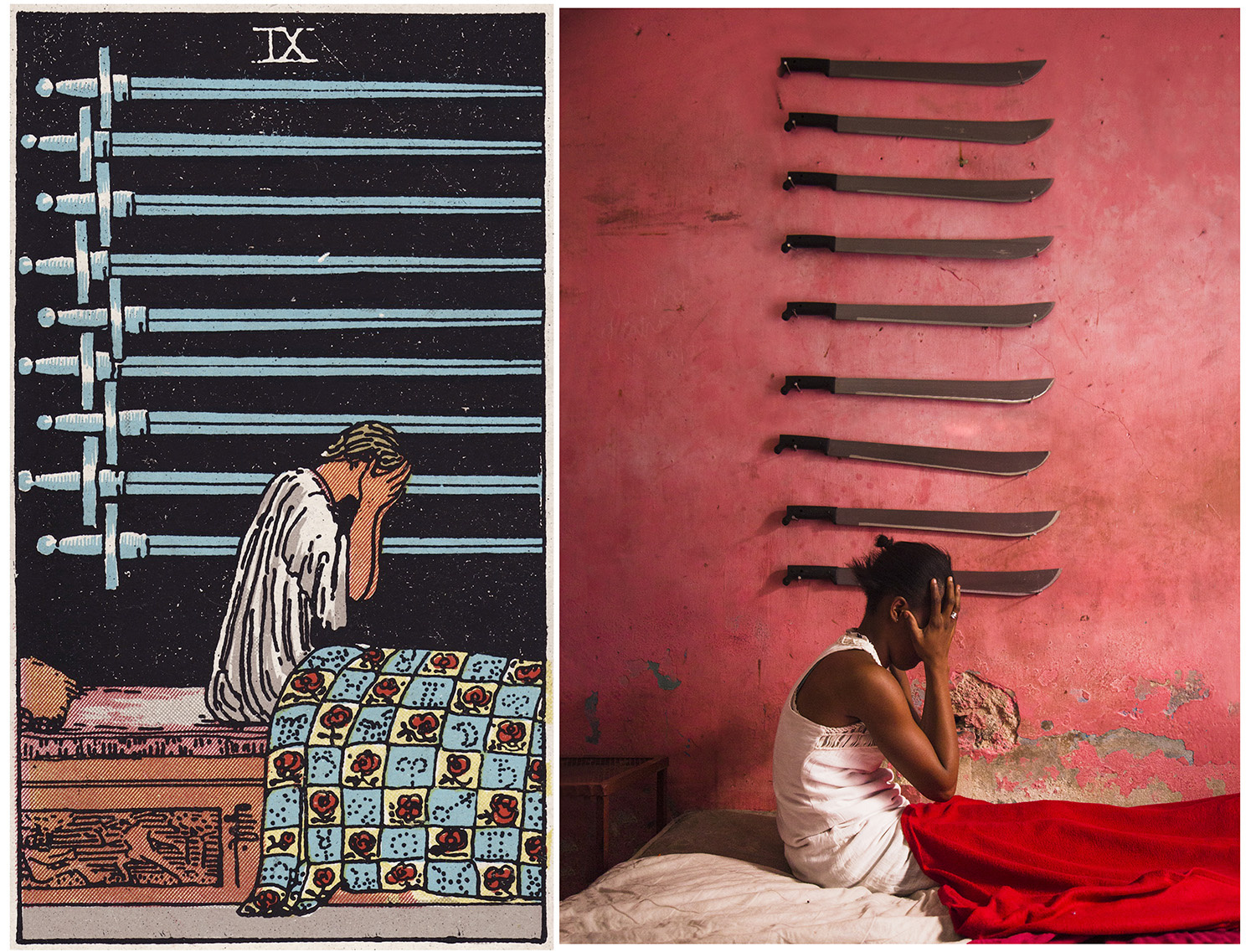























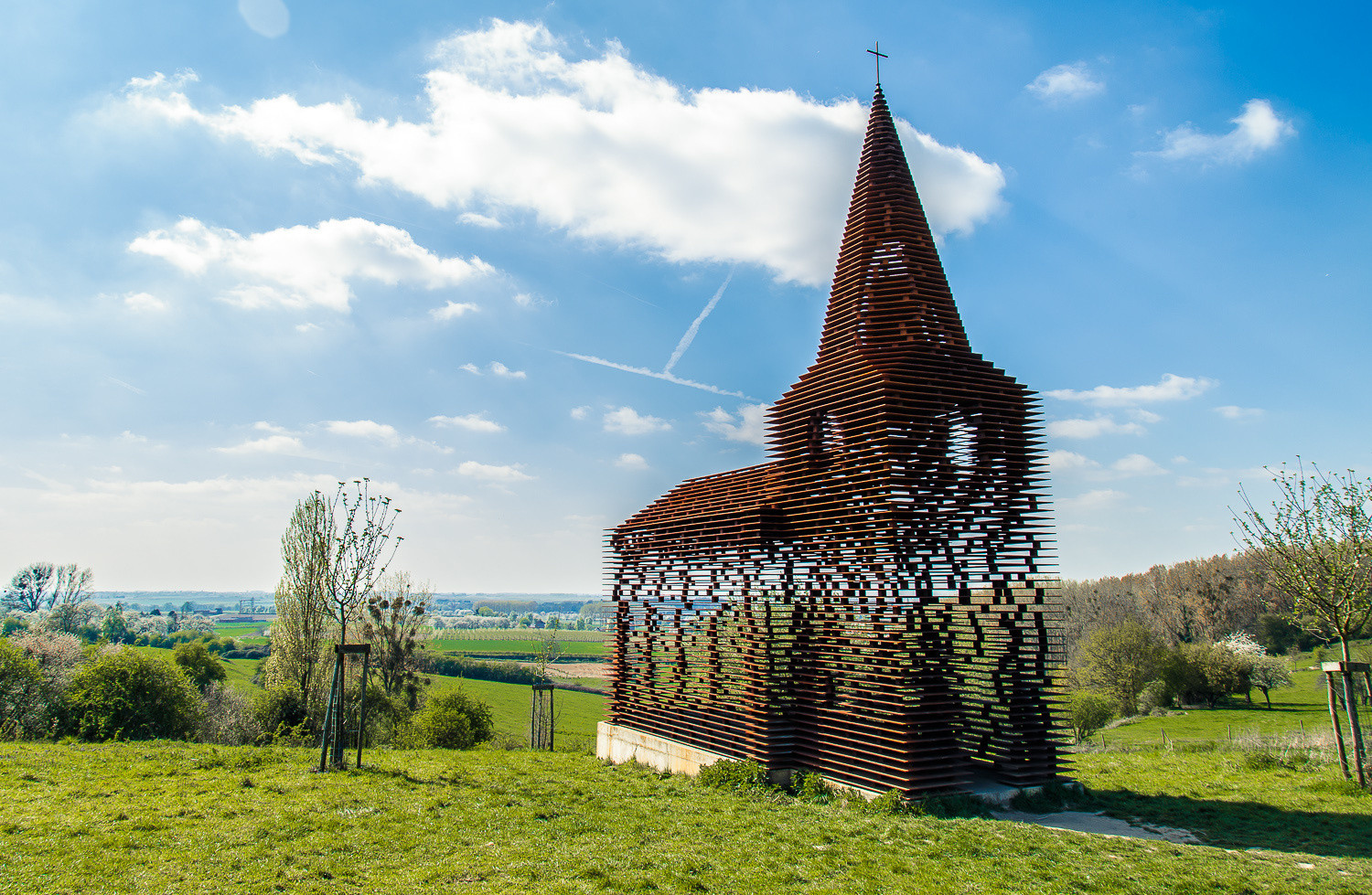
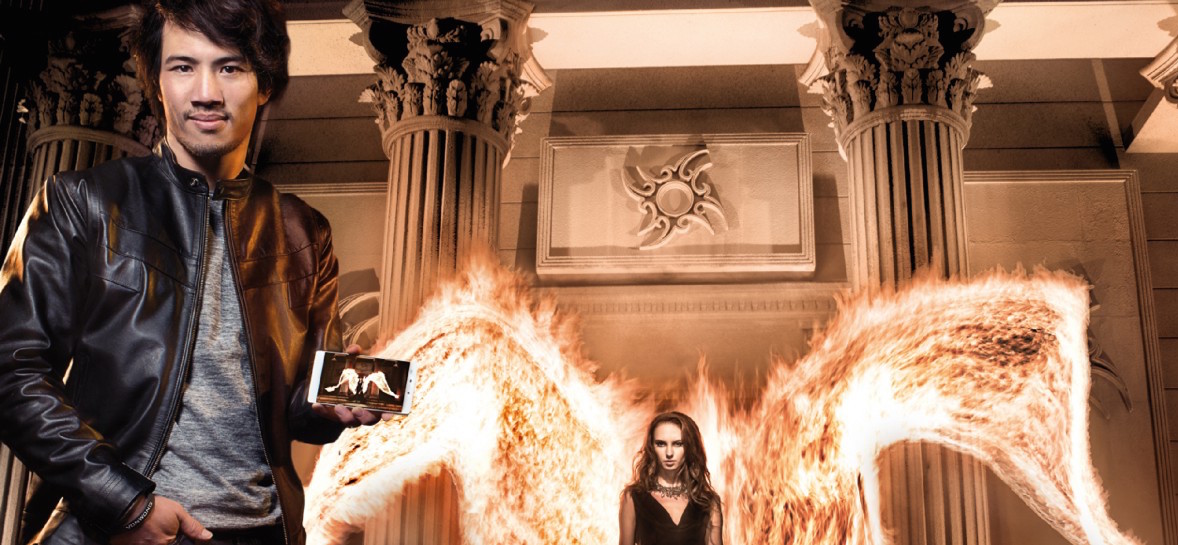
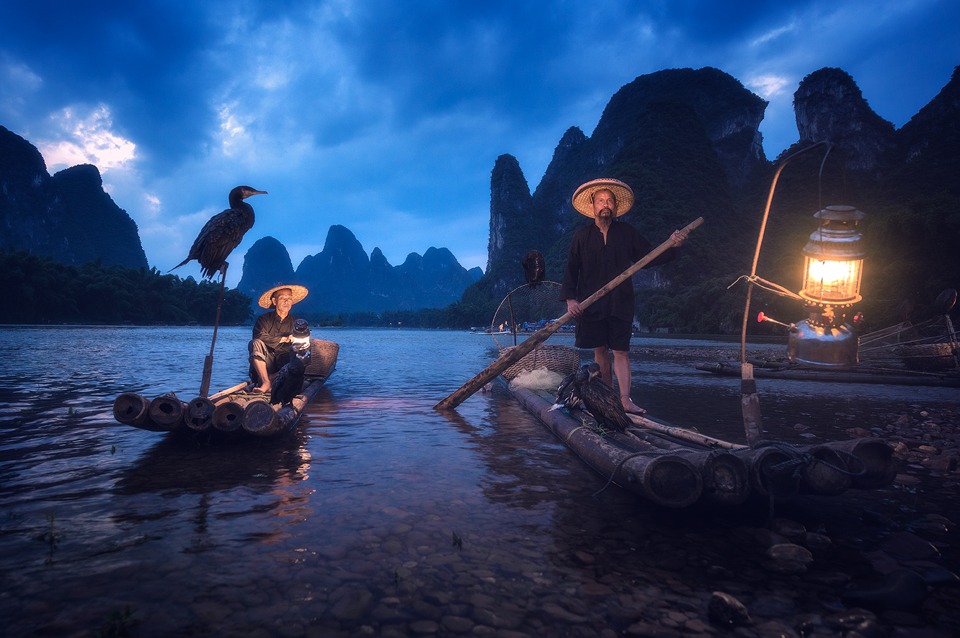
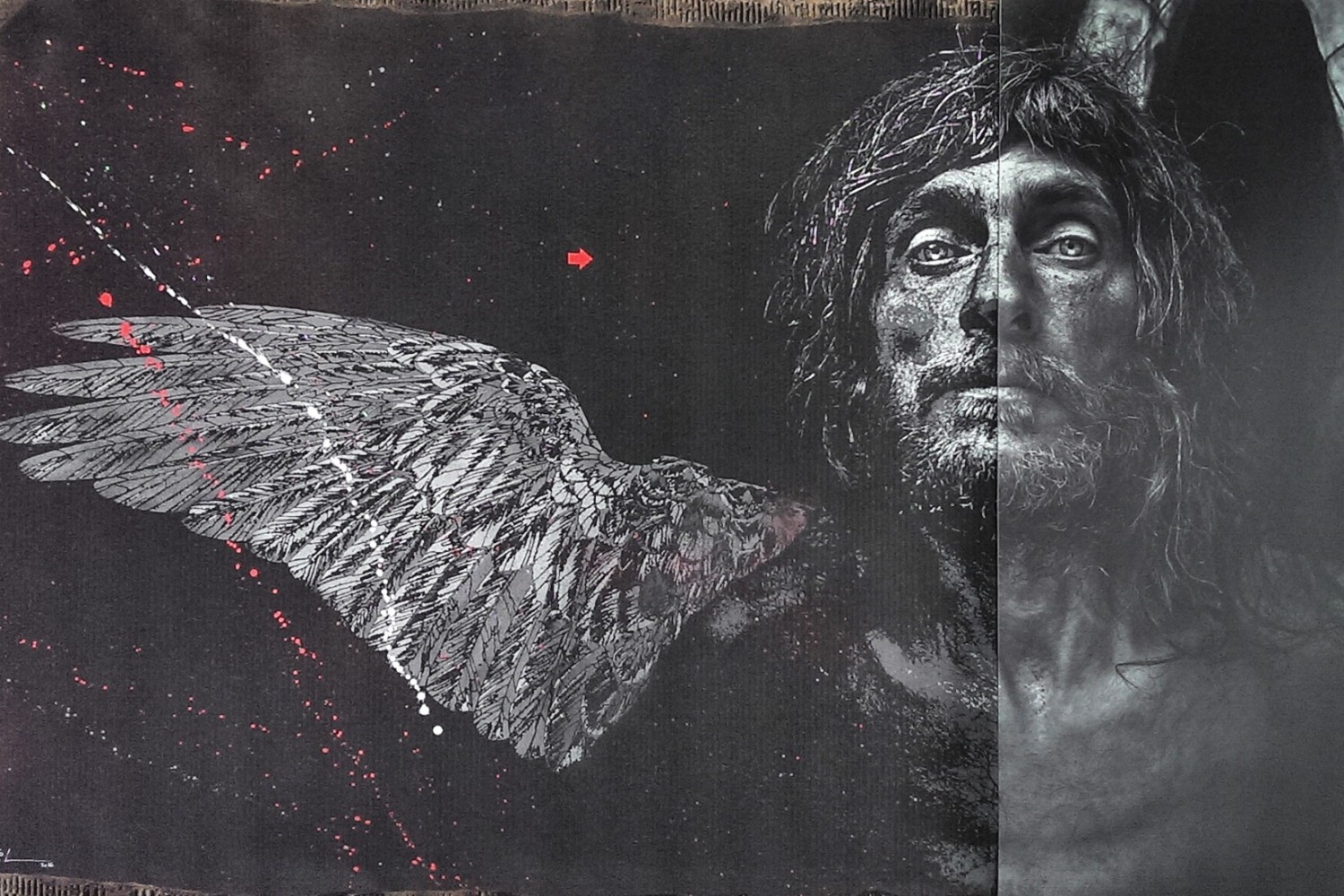
Leave a reply